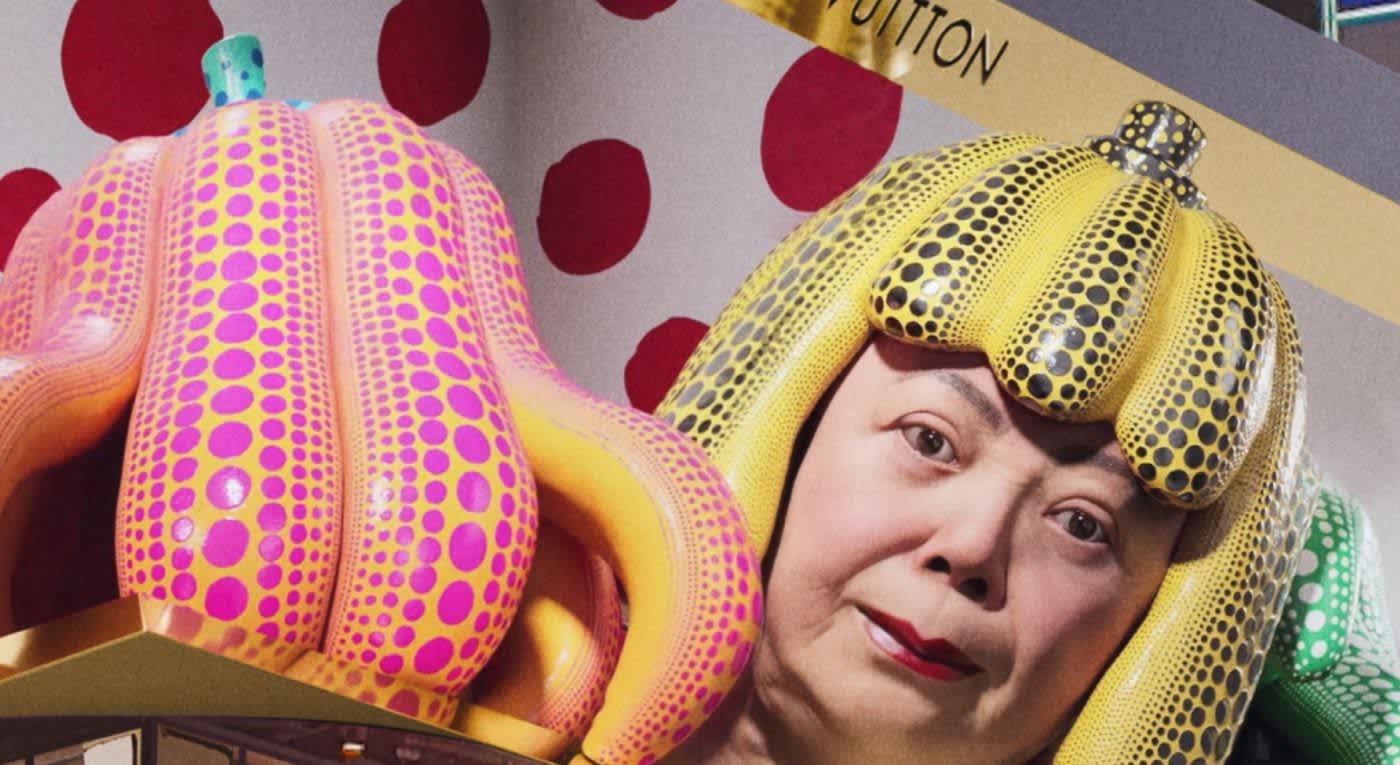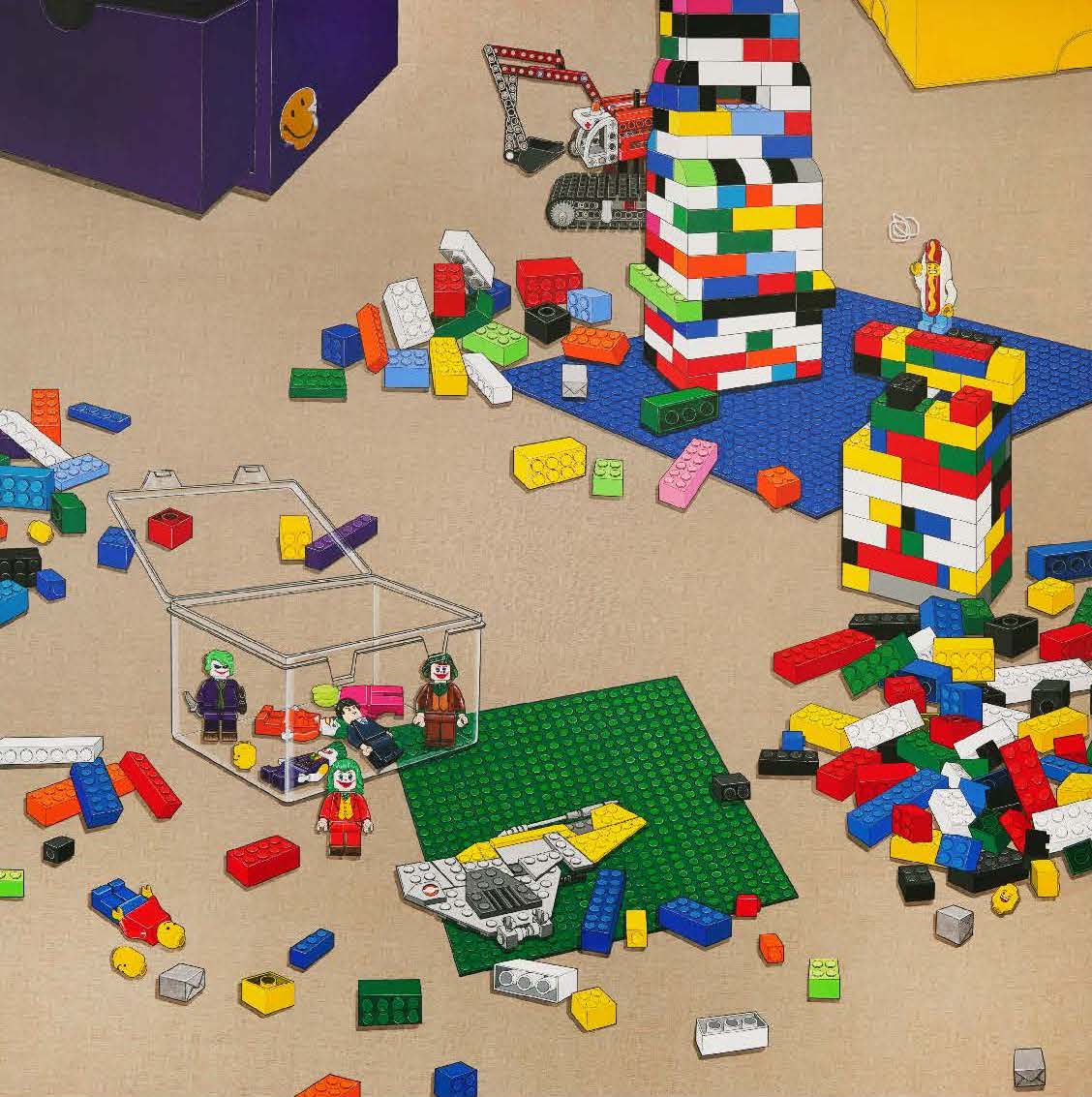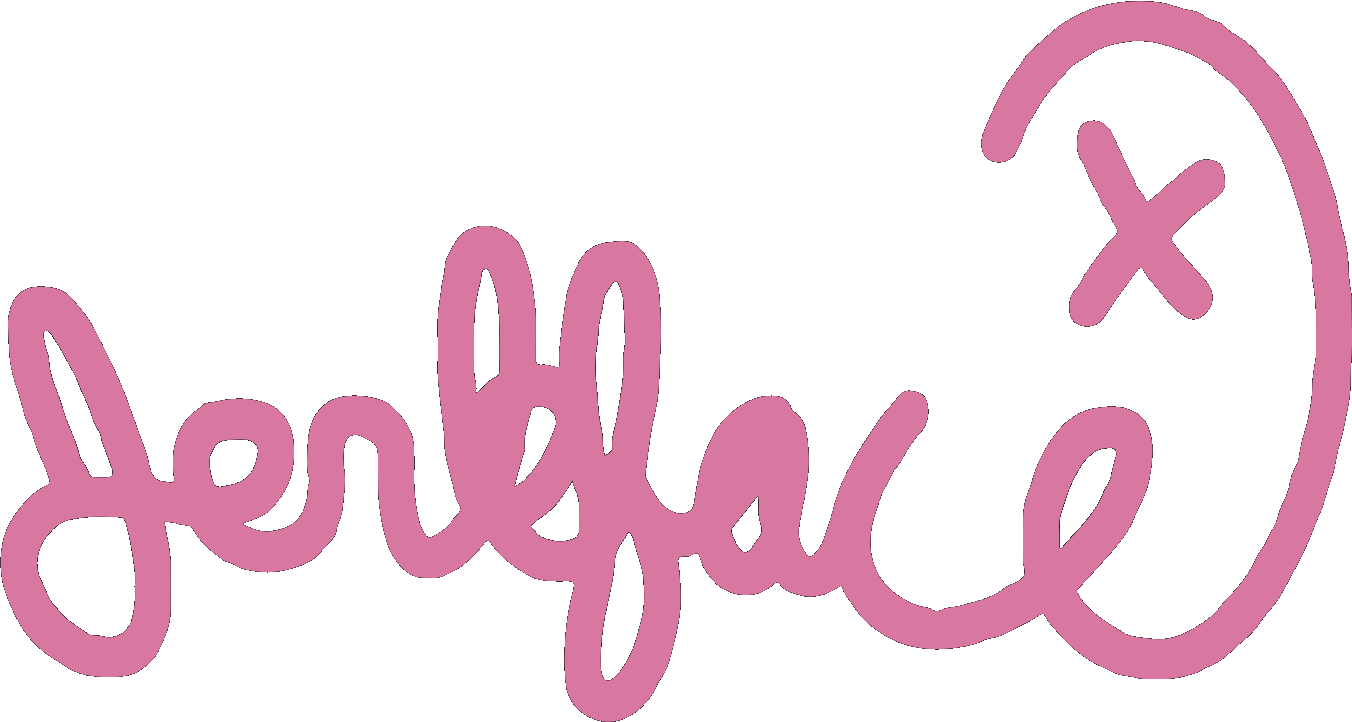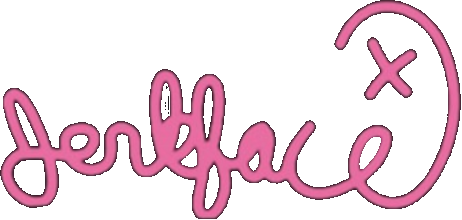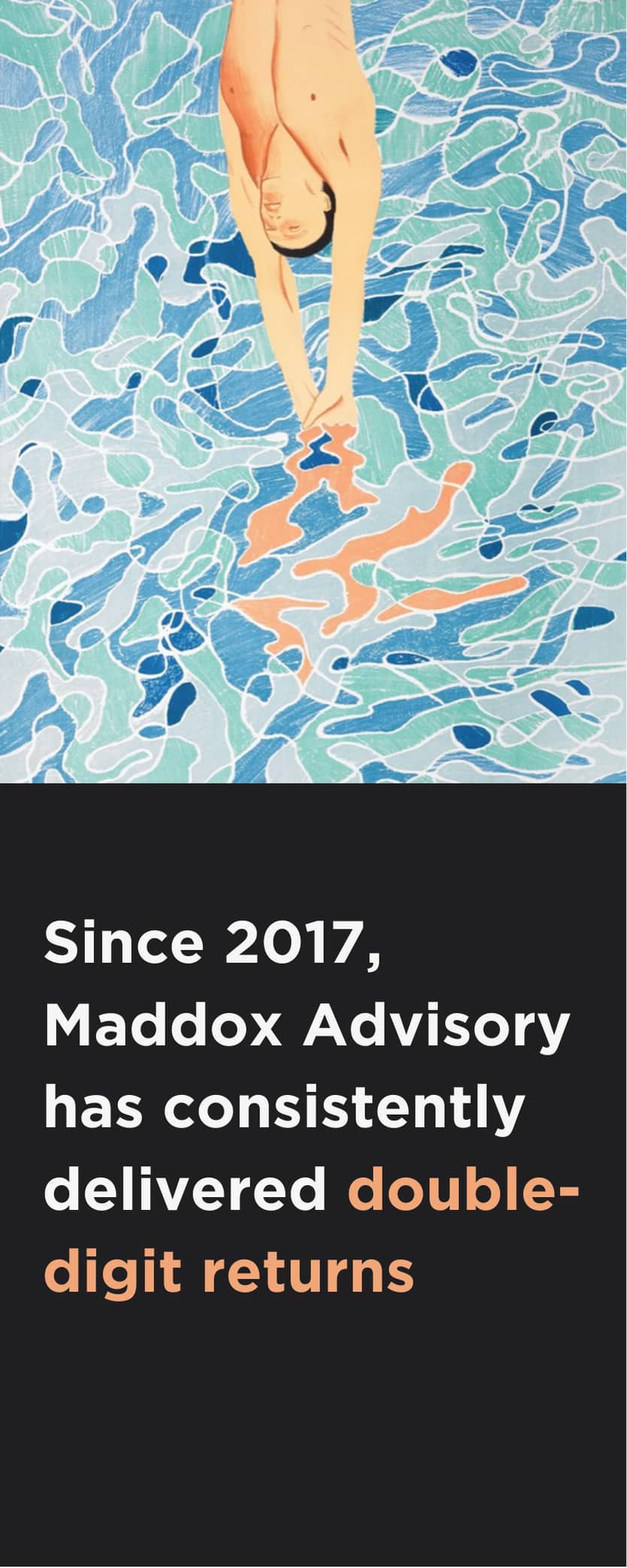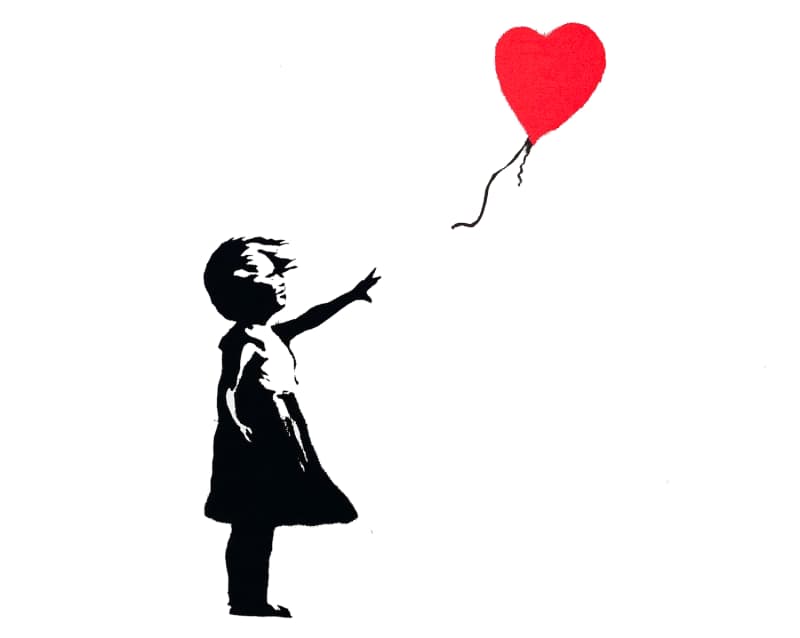Yayoi Kusama's latest collaboration with Louis Vuitton is set to further cement Kusama's reputation and continue to pave the way for female artists in a male-dominated market, raising question if 2023 is the year that gender inequality is re-addressed in the art market.
Yayoi Kusama’s collaboration with Louis Vuitton has taken over social media and the landmark LV stores of London, New York and Tokyo. Almost a decade after the first partnership between the legendary Japanese artist and the iconic luxury house, they have reunited and launched a new collection together, including more than 450 fashion pieces, a robot on Fifth Avenue and a hyper-realistic anamorphic billboard in Tokyo. It is such an innovative and remarkable campaign that there is no doubt it will continue to cement the female artist’s reputation in the mainstream consciousness, opening the path for female artists in a male-dominated art market. Will 2023 finally be the year that gender inequality is redressed in the art market?
The existence of a huge gender pay gap in art is an indisputable fact. Of the $196.6bn spent at art auctions between 2008 and 2019, work produced by women accounted for just 2% of total sales. That is an incredible $192bn pay gap between the genders. Meanwhile, analysis by Yale University found that museum collections in the top 18 art institutions in the US are overwhelmingly dominated by male artists, comprising 87% of works.
The situation is even worse in the UK, with 1% of London’s National Gallery Collection devoted to works by females and a recent survey by the BBC revealing that 83% of respondents were unable to name more than three women artists.
YAYOI KUSAMA, DAWN (120), 1989
The good news is that the art world is beginning to show signs of change. Five years after the "MeToo" hashtag went viral and with the publication of a Sunday Times Bestseller book that is a rollcall of remarkable yet largely invisible female artists, the industry is taking small steps to redress some of the enormous gender inequality in the art world.
The publication of "The Story of Art Without Men" by Katy Hessel in August 2022 sent shock waves through the art industry. Beginning life as an Instagram account, followed by a podcast, the book chronicles the many female artists who have been overlooked or dismissed through history. A winner of The Waterstones Book of the Year, its success has become a catalyst for change in the art market.
The 2022 Art Basel and UBS Survey notes that there has been a steady increase in the representation of women artists among the collections of high-net-worth art collectors: 33% in 2018, rising to 39% in 2020. This transformation may be due to the incremental rise in female high-net-worth individuals, whose median expenditure in art is higher ($139,000) compared to men ($118,000). Also, collectors are slowly shifting from the Boomer generation to Gen X and Millennials, and the latter are focussed on building more diverse collections by younger artists.
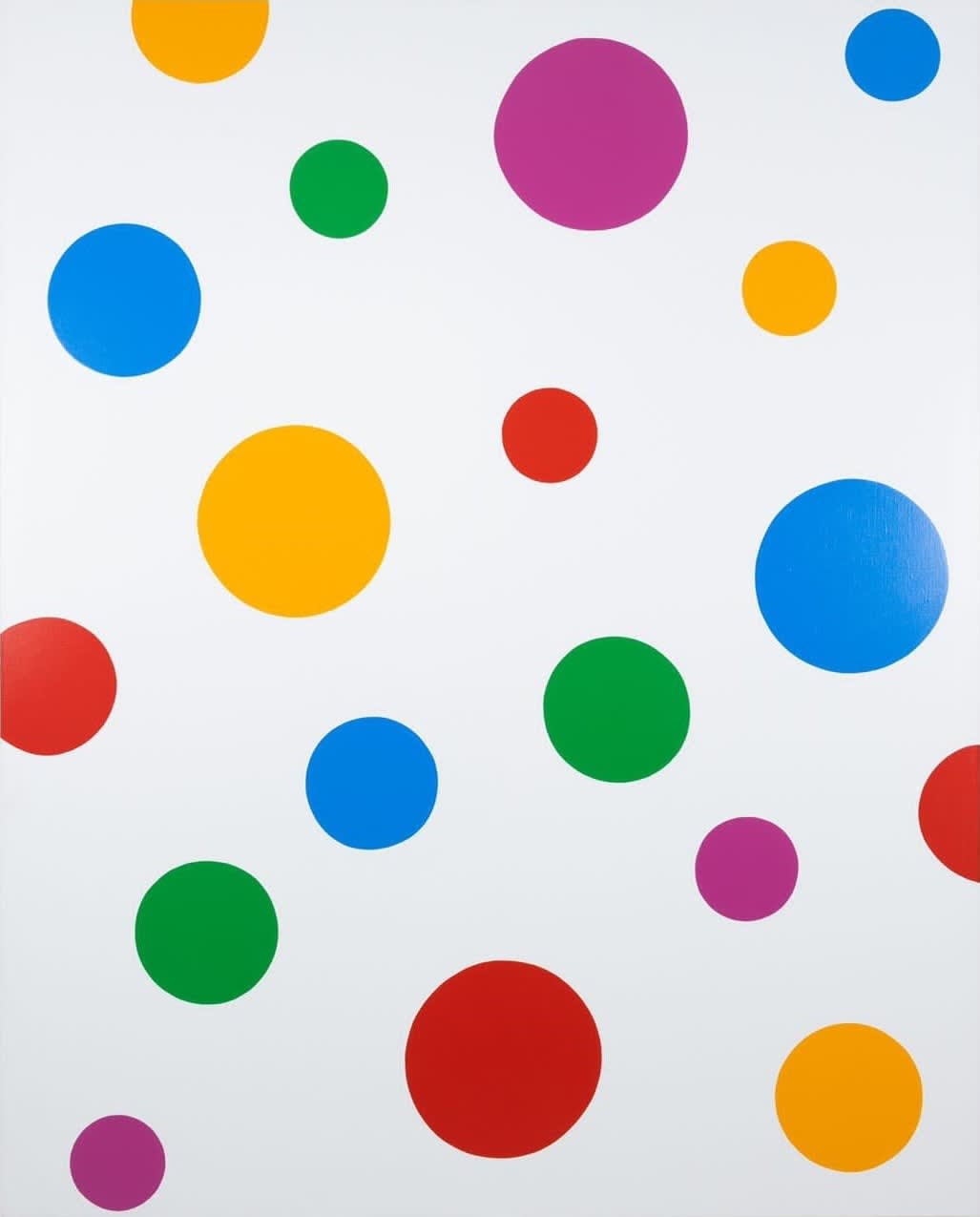
To cater to these shifts in taste, the art market is, slowly, transforming. In recent months, several galleries have signed high-profile female artists who launched and sustained artistic careers when the odds were stacked against them. At the same time, museums are trying to rebalance their collections, with the National Gallery of Art in the US currently using a $10m donation to buy works by female artists.
Even art fairs and exhibitions are changing. This year’s Venice Biennale was hugely weighted towards women, while the Spotlight section of Frieze Masters in London included 26 solo presentations of works by largely forgotten 20th-century women artists.
What Does It Mean To Me As An Investor?
It is not an exaggeration to say that the rediscovery of female artists is reshaping the art market, with secondary market prices for their work rising 29% faster than that of male artists, according to a BBC documentary. Available at a discounted price and increasing in value more rapidly than male art, works by female artists are not only a promising investment but also a potent symbol of a future in which all genders are equal. 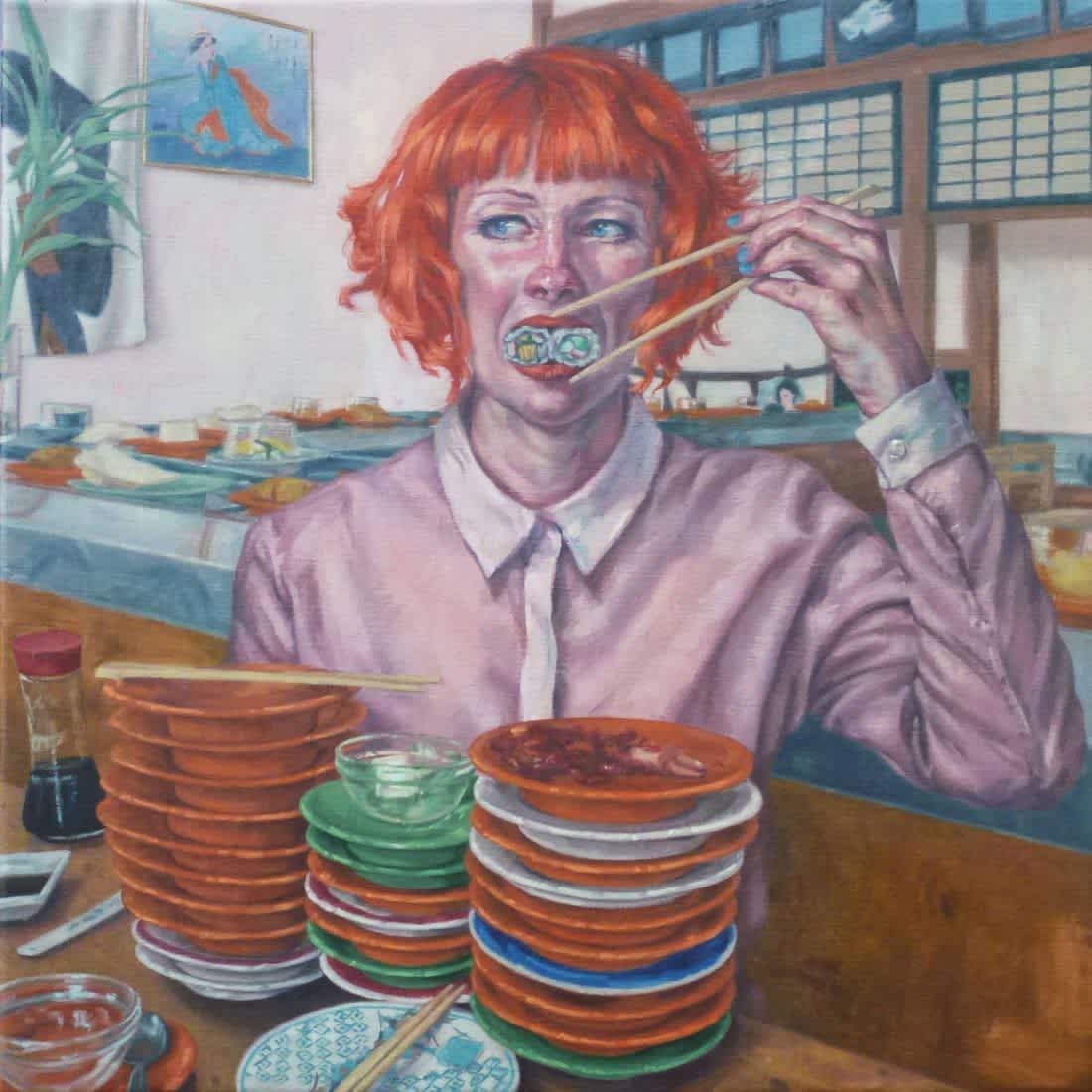
The artist Yayoi Kusama, whose market has evolved significantly over the past two decades, is a beacon of hope for female artists everywhere. In the year 2000, her major works were reserved for the American and British auction houses. Fast forward to 2021 and Kusama was the third most bankable artist in the world and the number-one performing female artist in terms of auction revenue.
SOOYOUNG CHUNG, PUT ON A HAPPY FACE, 2020
After decades of warning about the under-representation of women, there has been a fundamental shift in how female artists are viewed and valued within the art world. In its latest Ultra-Contemporary Art Market Annual Report, Artprice found that women occupied eight places in the top 10 artists under 40. And with more women pursuing art as a vocation and becoming successful earlier in their career, the future is looking bright for female artists and collectors of their work alike.
Maddox is proud to support emerging female talent. Artists including Coco Davez’s abstract portraits, Sooyoung Chung’s reimagined environments and Yuki Aruga’s hyperrealist still-life paintings are all on Maddox’s exhibition schedule for the year ahead, with solo shows in 2023.
